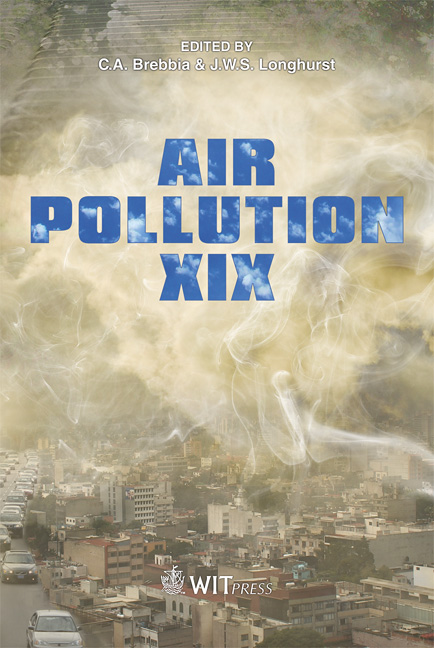POPs In Ambient Air From MONET Network – Global And Regional Trends
Price
Free (open access)
Transaction
Volume
147
Pages
12
Page Range
173 - 184
Published
2011
Size
1,124 kb
Paper DOI
10.2495/AIR110161
Copyright
WIT Press
Author(s)
I. Holoubek, J. Klánová, P. Čupr, P. Kukučka, J. Borůvková, J. Kohoutek, R. Prokeš & R. Kareš
Abstract
The Stockholm Convention (SC) on Persistent Organic Pollutants (POPs) mentioned in Article 16 of the SC that its effectiveness shall be evaluated starting four years after the date of its entry into force. Global Monitoring Plan (GMP) has been developed with an objective of evaluating whether the POPs actually were reduced or eliminated on the global scale. As one of the key matrices for the global monitoring, an ambient air was selected. We are using two approaches for sampling – so called active using the high volume samplers, and passive air samplers (PAS) as new tools for the air quality monitoring. MONET programme (MONnitoring NETwork) is driven by RECETOX as the Regional Centre of the Stockholm Convention for the region of Central and Eastern Europe on the national scale (MONET-CZ, containing 37 sites including 15 backgrounds), and regional scales – the Central, Southern and Eastern Europe and Central Asia (MONET-CEECs), the Pacific Islands (MONET-PIs), the African continent (MONET-AFRICA) and newly the whole of Europe (MONET-Europe). Samples are collected every 28 days; it represents 13 samples from each site every year. Keyword: Stockholm Convention, persistent organic pollutants (POPs), ambient air monitoring. 1 Introduction – Stockholm Convention on POPs and their effectiveness evaluation The Stockholm Convention on Persistent Organic Pollutants (POPs) [1] entered into force on the May 17, 2004 and has currently 173 signatory parties (May 16, 2011). The main objective of the Stockholm Convention (SC) is to protect
Keywords
Stockholm Convention, persistent organic pollutants (POPs), ambient air monitoring





